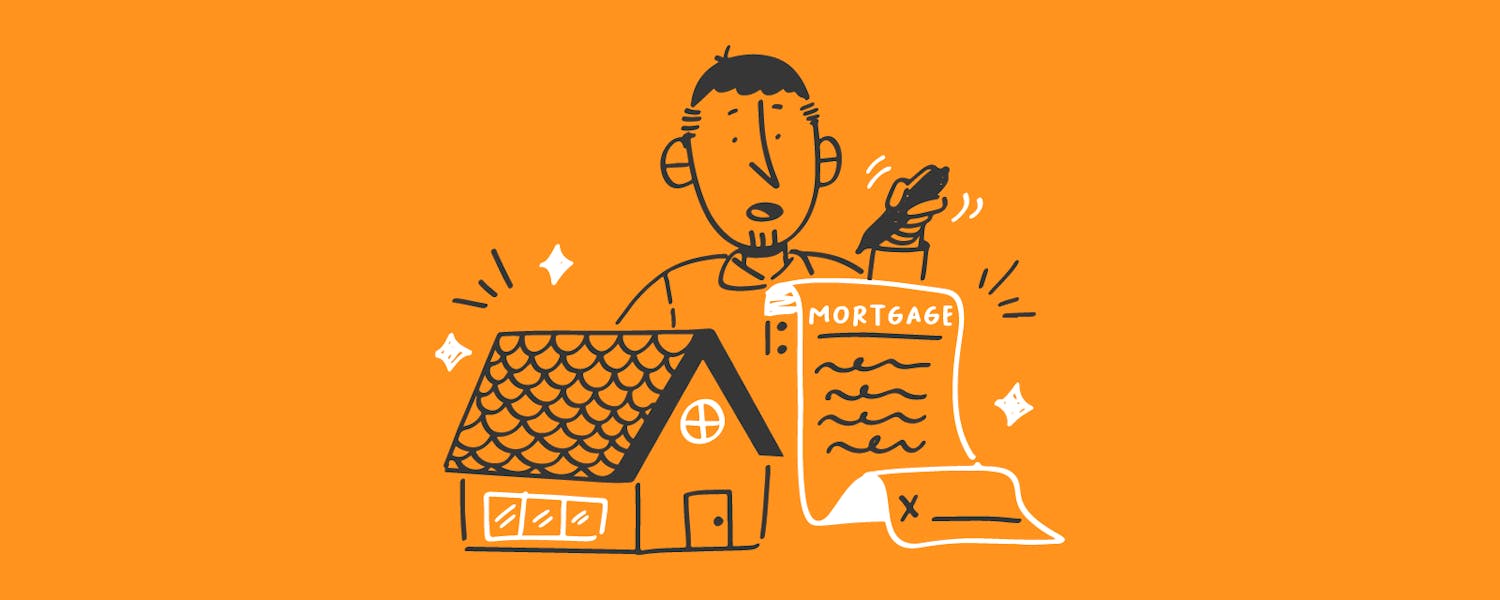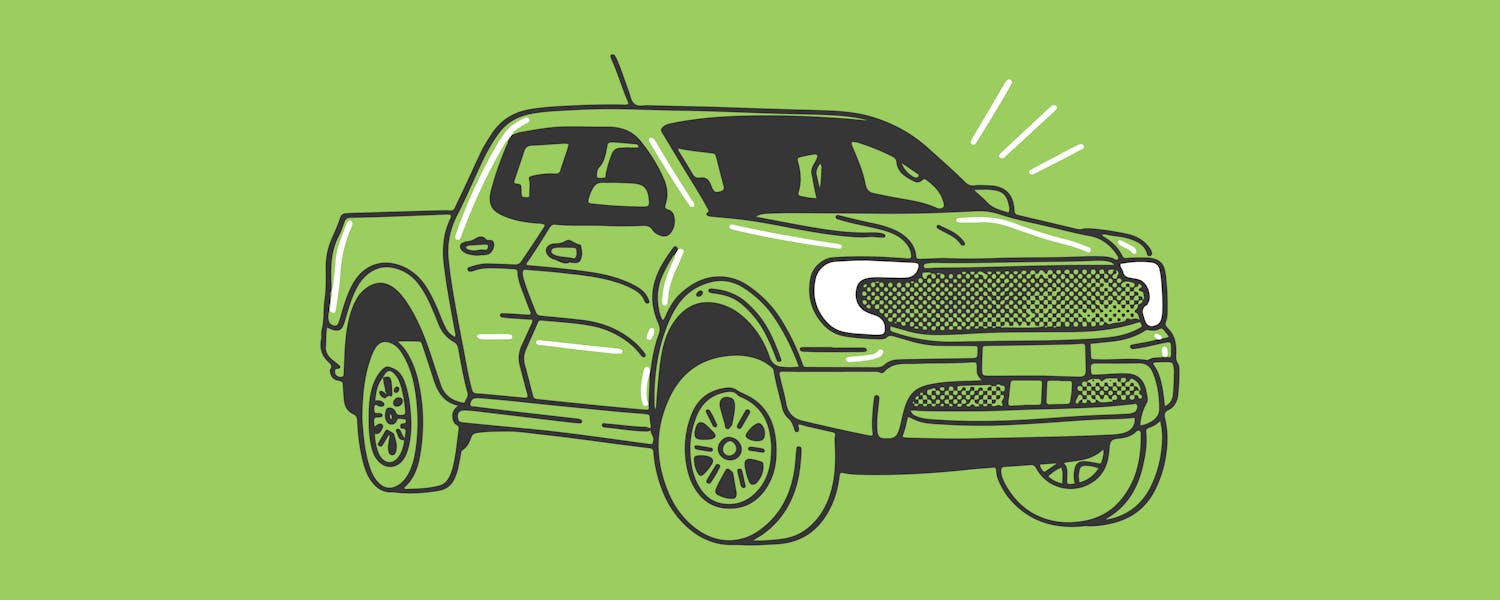Building an Empire: Coca-Cola
Coca-Cola's journey is fascinating: from humble roots as a medicinal tonic to a global beverage empire!
Coca-Cola stands as a testament to branding and marketing at work!
From pharmacist John Pemberton's groundbreaking inventions and marketing campaigns to iconic logo design and campaign implementations - we will reveal its longstanding success.
Humble Beginning
Coca-Cola has come a long way since its humble roots were laid out by Atlanta pharmacist John Pemberton in 1886.
First sold as medicine before eventually shifting into soda fountains for just five cents per glass, its original recipe included coca leaves and kola nuts that gave its drink its distinct taste and name.
From the Ground Up
Coca-Cola did experience early challenges. Pemberton knew his creation would become legendary; therefore, he didn't write down or share its original recipe, instead telling some friends through spoken communication to prevent anyone else from copying it and making their profit from stealing his idea.
Envato/formatoriginal
Coca-Cola first hit the market in 1886 at an affordable starting price of 5 cents per glass, which made it easily accessible for people from all backgrounds.
Although starting modestly, Coca-Cola quickly became popular among consumers thanks to its distinctive flavors and tastes.
Coca-Cola became an international force through this low starting price, which continued into the late 1950s.
Asa Candler Takes Charge
In 1892, Asa Candler purchased all rights to the Coca-Cola Company and became the sole business owner.
After Asa Chandler made Coca-Cola an international beverage company by branding and marketing it globally with new packaging designs, promotion campaigns, and branding efforts, its popularity quickly spread throughout North America.
His efforts bore fruit quickly: its sales went through the roof across the continent!
The Nickel Bottling Contracts
PICRYL
In 1899, Asa Candler took an immense step that would shape the future of Coca-Cola: signing his inaugural bottling contract with two lawyers that allowed independent bottlers and distributors across America to bottle and distribute Coca-Cola for $1 per arrangement; he never collected himself.
At that time, sodas were typically sold from soda fountains rather than individual bottles, so Asa was under no illusions that bottling would ever become the primary way drinks are sold.
From 1886 to 1959, 6.5 oz bottles of coke were sold for a nickel (5 cents) thanks to policies established in the non-expiring contract that locked the price.
Coca-Cola marketed aggressively to maintain this price, succeeding through vending machines and customer convenience.
Furthermore, his contract did not expire; once signed, he agreed to sell Coca-Cola across all 50 states at a consistent price forever!
However, a few years later, the contract terms were renegotiated, but Coke kept the low prices as a selling point for decades.
By 1959, the era of nickel-priced Coca-Cola ended, and the price had risen in various regions.
Envato/LightFieldStudios
The Marketing Revolution
Asa Candler led Coca-Cola's marketing revolution during his long and distinguished tenure.
Recognizing how effectively marketing this beverage could make it a household brand throughout America and beyond, he took steps to rebrand it.
By changing packaging, adding slogans such as "It's the real thing" and "Enjoy Coke", running aggressive marketing campaigns (sponsored sports teams/events/billboard ads/handing out free samples etc), changing packaging accordingly and revamping sales channels as necessary to spread his product throughout America.
His marketing campaigns centered around introducing Coca-Cola with an attractive 5-cent price point as part of an attempt to move vast quantities quickly while making a profit.
New Ownership
In 1919, Ernest Woodruff and a group of investors purchased the company from Candler and his family. To secure funds for the purchase, Woodruff organized a loan using Candler's secret formula as collateral and stored this document with Guaranty Bank until his loan was repaid in 1925.
Envato/gstockstudio
Woodruff then collected and transported back to Atlanta the secret formula, where it remained stored at Trust Company Bank (now SunTrust) for nearly 86 years until being relocated recently to mark Coca-Cola's 125th anniversary at the World of Coca-Cola Exhibit in Atlanta.
Memorable Business Strategies
Supporting the Troops
The United States Military consumed Coca-Cola during World War 2, helping keep spirits high while they endured prolonged conflict.
Coca-Cola even set up bottling factories in Algeria to meet soldiers' demand for more.
However, this also had other consequences. Europeans who encountered US soldiers during the war began associating the brand with Americans; therefore, it became an extension of America and an embodiment of its ideals.
Vending Machines
During the 1950’s Coca-Cola used vending machines, with a fixed price of 5 cents, the machines didn’t had the capacity of giving change, another aspect that made it harder for the company to raise prices.
Envato/dolgachov
Coca-Cola owned over 85% of vending machines nationwide during this decade.
According to a study carried out by Daniel Levy and Andrew T. Young, “The value of the existing 400,000 machines was between $286 million –$900 million in 1992 prices”, the study later explains how keeping these machines that forced the bottling companies to sell at 5 cents the coke boosted the company’s growth through that period.
Going Global
Coca-Cola experienced rapid expansion throughout the 1950s and emerged as an international brand, first entering Canada and Great Britain two years apart before rapidly spreading across Europe, Asia, Latin America, and Africa through subsidiary establishments.
They used various marketing campaigns tailored specifically for each market through television commercials and online ads, bringing Coca-Cola to billions of people around the world.
Color Trademark
Pexels/Ali Pli
Coca-Cola has made one of its most effective strategies a trademark. Most famously, they trademarked the iconic red and white color combination associated with Coca-Cola that identifies products produced and sold by them to customers instantly.
A Drink That Tastes Like Christmas
Coca-Cola employs celebrity endorsements as an effective strategy to drive awareness and sales growth for their product, with one particularly effective instance occurring with Santa Claus himself in 1930 when Coke first featured images of Santa drinking Coca-Cola ads, creating an association between Christmas and Coke products.
Coca-Cola Company vs Pepsico: A Battle for Supremacy
Without Pepsi's challenge and ultimate defeat, we may never have witnessed the Coca-Cola brand as we know it today.
Pepsi first appeared on the scene during the late 60s and 70s as an attempt to capitalize on youth counterculture trends sweeping through.
Though this strategy proved successful, Coca-Cola stayed ahead by continuing to innovate its product and make it more desirable than its rival.
Pexels/Fafegh
Pepsi and Coke have engaged in an increasingly heated battle in recent years, producing products with innovative flavors and packaging to outdo each other.
Pepsi also initiated its signature Pepsi Challenge where participants had to guess which soda they preferred in blind taste tests.
The challenge brought even further attention to their rivalry as participants had to guess which soda they chose! This helped drive an even deeper wedge between customers.
While this rivalry still goes on until this day, it is Coca-Cola that continues to reign supreme over its longstanding rival.
Berkshire Hathaway and Coca-Cola
Berkshire Hathaway and Coca-Cola share an extensive history, beginning when Warren Buffett's investment firm acquired 8.7% of Coca-Cola in 1988 - becoming its largest shareholder and initiating an ongoing, mutually beneficial partnership that spans decades.
Berkshire Hathaway and Coca-Cola's partnership has resulted in Berkshire Hathaway increasing its stake over time, yielding significant profits.
Envato/torianime
Furthermore, Warren Buffett provides advice and guidance to Coca-Cola management and helps it remain a top performer within the beverage industry.
Diversification and Acquisitions
Coca-Cola has taken steps over time to diversify its portfolio, remaining competitive in an ever-evolving marketplace. They have expanded into new markets through new products like Fanta and Sprite, as well as other beverage lines like Dasani plain water and their sport drink Powerade.
Among Coca-Cola's efforts to gain more market share, they've invested in other beverage companies such as Minute Maid, sports drink Vitamin Water, Nestea (in collaboration with Nestle), a stake in energy beverage Monster, to name a few.
Coca-Cola has invested significantly in research and development to keep up with competition in the beverage industry, remaining at the top as an innovator.
Legacy and Controversies
Coca-Cola has long been recognized for its success and innovation. It has become an integral part of American culture and continues to lead beverage sales globally, yet its success has caused controversy.
Coca-Cola was controversial from its very inception. Its original formula contained several unique ingredients, most notably cocaine!
Additionally, there were reports that it used high fructose corn syrup and additives inappropriately while targeting young people through advertising campaigns.
In recent years, Coca-Cola has come under scrutiny for its environmental impacts and labor practices; nevertheless, they remain one of the world's most successful companies and a symbol of American pride.





